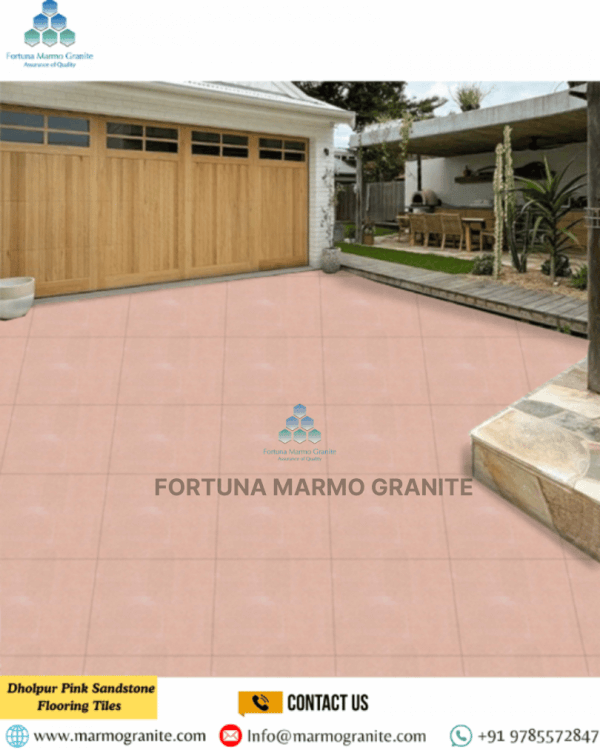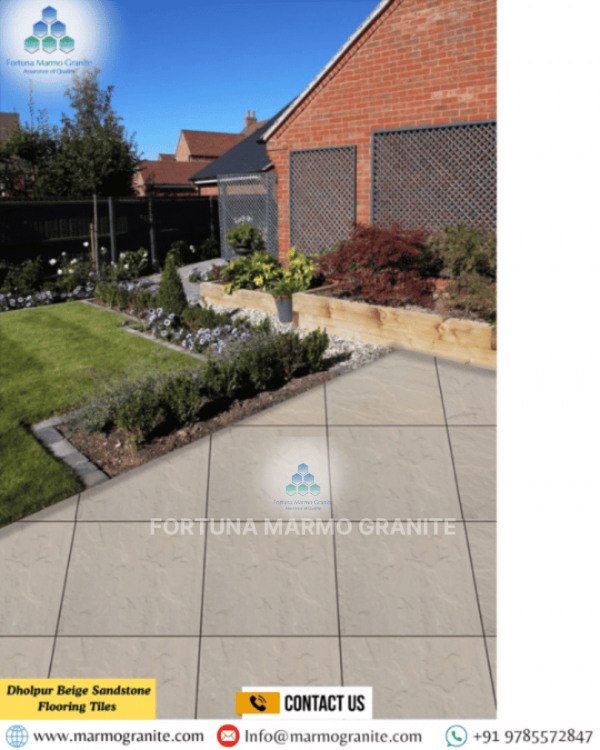Public Art in Stone: The Lasting Appeal of Sandstone for Monuments and Open Spaces
Public Art in Sandstone for Monuments and Open Spaces Throughout human history, art has mirrored our aspirations, beliefs, and social values. From the cave paintings of Lascaux to the soaring cathedrals of the Gothic era, each age left its own aesthetic mark on time. Among all mediums, stone stands out for its permanence and grandeur. Sandstone, in particular, offers workability, natural hues, and durability. These qualities have given it a special place in public art, gracing monuments and open spaces across civilizations.
Moreover, From grand national memorials to intricate cultural statues, sandstone tells stories of both past and present. Its grains hold history, while its surfaces invite touch and contemplation. Today, artists still shape sandstone into works that inspire awe and reflection. Additionally, It enriches civic spaces with cultural depth and adds cohesion to community design. Its presence beautifies cities and anchors them with a strong connection to heritage and shared identity.
In addition, As cities evolve, public spaces grow more important for cultural dialogue and community engagement. Sandstone continues to serve as a preferred medium. It anchors architecture and art with a voice that crosses eras, trends, and generations, speaking in a language both ancient and enduring.
Sandstone: A Geologic Gift to Art
Workability: Unlike igneous rocks such as granite, sandstone is softer and easier to shape. Artists can carve intricate details, nuanced textures, and complex forms without heavy exertion or highly specialized tools.
Color Palette: Sandstone comes in a diverse range of natural shades, influenced by the minerals in its formation. Its hues include warm ochres, buffs, and yellows, along with rich reds, browns, and cool grays. These natural colors remove the need for artificial pigments. They allow the artwork to blend with its surroundings or create striking contrast.
Texture: The granular composition of sandstone gives it a subtle, pleasing texture that interacts beautifully with light. This creates dynamic shadow play and enhances the tactile quality of sculptures. Artists can also refine the surface to achieve different finishes, from rugged and natural to smooth and polished.
Durability and Weathering: Although softer than some stones, sandstone offers impressive durability outdoors. Its porous nature allows it to "breathe," reducing the risk of cracks from freeze-thaw cycles. Over time, sandstone weathers gracefully, developing a natural patina that adds age, depth, and character.
Historical Resonance: Sandstone Through the Ages
- Ancient Egypt: The colossal statues of Pharaohs and deities, the intricate carvings adorning temple walls, and the majestic sphinxes often utilized local sandstone, demonstrating its early recognition as a monumental material. The Abu Simbel temples, carved directly into sandstone cliffs, are a testament to its scale and workability.
- Indian Subcontinent: From the exquisite rock-cut caves of Ajanta and Ellora, with their intricate Buddhist and Hindu sculptures, to the magnificent Red Fort in Delhi and the palaces of Rajasthan, sandstone has been the bedrock of architectural and sculptural marvels. The vibrant red sandstone, in particular, has become synonymous with Indian heritage architecture.
- Medieval Europe: While often overshadowed by limestone and marble, sandstone was employed in various European cathedrals and castles, particularly in regions where it was readily available. Its ease of carving facilitated the creation of elaborate gargoyles, decorative motifs, and religious figures.
- Modern Era: Even in contemporary times, artists and architects continue to embrace sandstone for its aesthetic qualities and sustainable nature. Modern sculptures, public installations, and monumental structures frequently feature sandstone, often integrating traditional carving techniques with contemporary design sensibilities.
Crafting Permanence: The Art of Sandstone Sculpture
Conceptualization and Design: Every sandstone artwork starts with the artist's vision. They consider the public space, the message, and audience interaction. Detailed sketches, small-scale models (maquettes), and digital renderings help refine the design.
Stone Selection: Choosing the right sandstone block is critical. Artists evaluate color consistency, grain size, flaws, and geological origin. Reputable quarries provide detailed information about the stone's physical properties.
Carving and Shaping: Artists use a mix of tools to shape the stone. Heavy pneumatic hammers remove large sections, while chisels create intricate details. Modern machinery, like diamond-tipped saws and grinders, often complements traditional tools, especially for large pieces. The form gradually emerges as artists work in layers, refining contours carefully.
Finishing and Patination: After carving, the surface is refined through sanding, polishing, or texturing to achieve the desired look. Natural weathering over time adds patination, enhancing the stone's beauty and character.
Installation and Maintenance: Large sandstone artworks require careful planning for transport and installation. Strong foundations and structural considerations ensure safety and longevity. Even durable sandstone benefits from periodic cleaning and maintenance to preserve its appearance.
Challenges and Considerations
- Vulnerability to Pollution: Moreover, Acid rain and atmospheric pollutants can, over time, cause erosion and discoloration of sandstone surfaces. This necessitates regular cleaning and, in some cases, the application of protective coatings.
- Vandalism: Yet, Public art is inherently exposed to the risk of vandalism. The resilient nature of stone can deter minor defacement, but more severe attacks can require specialized restoration efforts.
- Structural Integrity: For very large or intricately carved pieces, understanding the structural limitations of the sandstone and ensuring proper engineering support is paramount to prevent cracking or collapse.
- Quarrying and Sustainability: While a natural resource, responsible quarrying practices are essential to minimize environmental impact. Efforts towards sustainable sourcing and utilization of stone are increasingly important.
Sandstone and the Future of Public Art
In addition, The appeal of sandstone in monuments and open spaces is not just a relic of the past—it continues to resonate with modern artists and audiences. As cities expand and urban landscapes evolve, the demand for meaningful and lasting public art grows stronger. Sandstone, with its natural warmth, tactile surface, and ability to tell stories through its texture, is perfectly suited to meet this demand.
Moreover, In today's digital and fast-paced world, sandstone art offers a sense of solidity and permanence. It invites people to pause, touch, and observe the play of light and shadow. This connection to something tangible and enduring makes sandstone unique. As artists experiment with new forms and concepts, sandstone remains a timeless canvas that supports both traditional expression and bold innovation.
Conclusion
The use of sandstone in public art highlights its timeless appeal, resilience, and natural beauty. For centuries, architects, sculptors, and designers have chosen sandstone for its earthy colors, unique texture, and ease of carving. Consequently, It has shaped breathtaking monuments, intricate sculptures, heritage landmarks, and functional urban features such as benches, pathways, and fountains.
Moreover, What makes sandstone special is its ability to harmonize with both natural and built environments. It evolves gracefully with time and weather while maintaining strength and visual charm. Public Art in Sandstone for Monuments, In public spaces, sandstone does more than add beauty—it becomes a communal touchpoint, inspiring reflection, cultural appreciation, and social interaction.
Indian Granite Supplier At Fortuna Marmo Granite, we understand the legacy that such public installations carry, which is why we are dedicated to delivering only the finest quality Indian sandstone to meet the creative and structural needs of architects and city planners worldwide. With decades of expertise in natural stone and a commitment to ethical sourcing and precision craftsmanship, Public Art in Sandstone for Monuments, Fortuna Marmo Granite ensures that each slab, tile, or sculpture-grade block contributes to projects that inspire generations. In addition, Whether you are developing civic landmarks, cultural institutions, or urban beautification projects, our sandstone solutions combine durability with elegance, offering a material that celebrates nature, withstands the elements, and tells a story in every grain.



